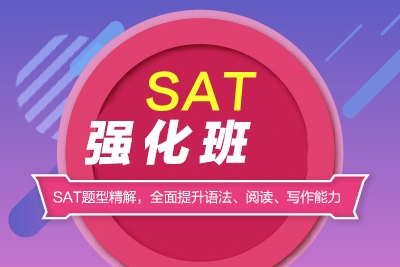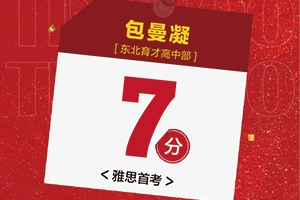雅思閱讀流程圖題型技巧解析
發(fā)布時間:2017-02-11 13:17:00 關(guān)注量:13023次
提到流程圖,,大家肯定都不陌生,在雅思寫作的課程中老師一定會著重強調(diào)一下這個題型,,同時,,也是另很多學(xué)員頭疼的題型。但是在閱讀題型講解分類當中,,我們一般把流程圖這個題型看作是填空類題型里面比較簡單的題型之一,,只要我們掌握其出題特點,那么這個題型也就很容易解答了,。下面就為大家總結(jié)該題型的特點:
1.順序原則,。填空題整體來講,除了有詞庫的summary這個題型之外,,剩下都是有順序的,,這個題型也不例外。
2.連續(xù)出現(xiàn)。一般來說,,這類題型出題的密集度非常高,,通常集中在一段或連續(xù)的兩段中,考試的時候可以根據(jù)題號做出大致的出題位置判斷,,尤其是出現(xiàn)在最后一道題目中的時候,。
3.同義替換。要注意尋找題目當中與原文中的對應(yīng)關(guān)系,,通常情況下,,這種題型的同義詞替換比較簡單,停留在同義詞替換的層面會比較多一些,,這里就需要同學(xué)們注意常見同義詞的積累,,主要為動詞的同義替換。
4.原文原詞,。填空題的特點就是原文原詞,,不需要進行改寫,不用考慮時態(tài)等問題
5.注意詞限,。審題時要特別注意詞限問題,,如果找到的答案不符合詞限,那么就說明找錯位置了,。
我們以劍九中test1passage3為例:首先根據(jù)順序原則我們可以大致判斷該題的位置應(yīng)該在文章的中后部,,另外,還可以結(jié)合定位詞71來做具體的定位找到具體出題句,。此題需要首先根據(jù)語法原則來判斷題目中的空格應(yīng)該填什么詞性的詞,。然后根據(jù)定位詞和介詞結(jié)合定位,核對同義詞的替換,,最后,,檢查是否符合詞限。了解了這道題的解法,,同學(xué)們快來試試吧,!
Method of determining where the ancestors of turtles and tortoises come from
|
Step 1
71 species of living turtles and tortoises were examined and a total of 34 ……………………. were taken from the bones of their forelimbs.
|
|
Step 2 The data was recorded on a 35 ……………….. (necessary for comparing the information). Outcome: Land tortoises were represented by a dense 36 …………………………… of points towards the top. Sea turtles were grouped together in the bottom part. |
|
Step 3 The same data was collected from some living 37 ………………. species and added to the other results. Outcome: The points for these species turned out to be positioned about 38 ……………… up the triangle between the land tortoises and the sea turtles. |
|
Step 4 Bones ofP. quenstedti and P. talampayensiswere examined in a similar way and the results added. Outcome: The position of the points indicated that both these ancient creatures were 39………….. |
本文由沈陽雅思培訓(xùn)通途國際英語原創(chuàng),,轉(zhuǎn)載請保留鏈接: http://quwanggou.net/IELTS/yuedu/194.html













